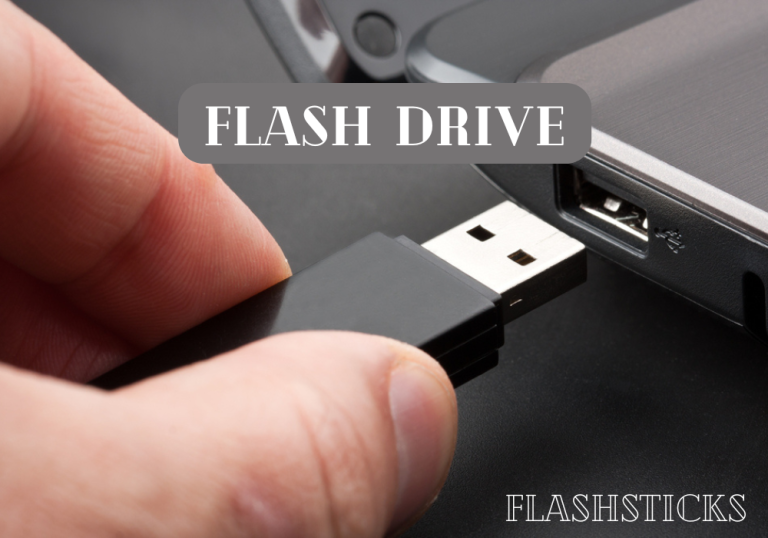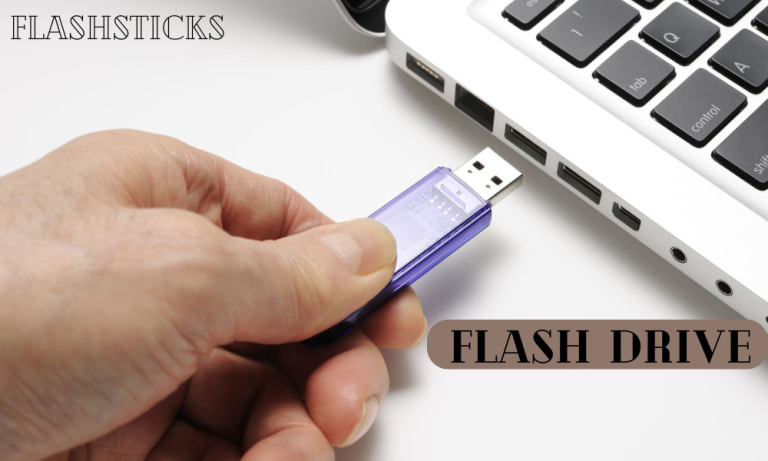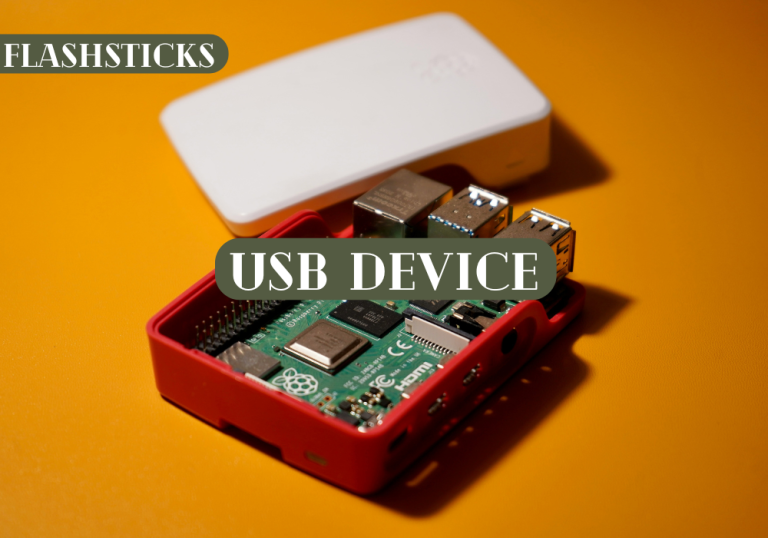What is a thumb drive?
In today’s digital age, thumb drives have become indispensable tools for data storage and transfer. Compact, portable, and incredibly useful, they serve as a staple for students, professionals, and tech enthusiasts alike. But what exactly is a thumb drive, and how can it benefit you? Let’s dive into the comprehensive details.
History of Thumb Drive
A thumb drive, also known as a USB flash drive, is a small, portable device used to store and transfer data.
The thumb drive was first introduced in the early 2000s. It quickly replaced older, bulkier storage mediums like floppy disks and CDs, offering a compact, reliable way to carry large amounts of data. Early models had modest storage capacities, but as technology advanced, so did the capabilities of these tiny devices. Today, thumb drives can hold terabytes of information, making them indispensable tools for students, professionals, and anyone who needs quick access to their digital files.
It connects to a computer or other devices via a USB port, allowing users to move files from one device to another quickly. Their compact size and significant storage capacity make them a convenient option for everyday use.
Technical Specifications
- Interface: USB (Universal Serial Bus)
- Storage Capacity: Ranges from 1GB to 2TB
- File System: FAT32, NTFS, exFAT
- Speed: USB 2.0, 3.0, and the latest USB 3.1
- Compatibility: Works with Windows, Mac, and Linux
Benefits of Thumb Drives
| Benefit | Description |
|---|---|
| Portability | Small and lightweight, fits easily in a pocket or on a keychain. |
| Convenience | Easily connects to any device with a USB port. |
| Storage Capacity | Holds a large amount of data despite its small size. |
| Durability | More robust than traditional storage devices like CDs or DVDs. |
| Cost-Effective | Offers a range of options to fit any budget. |
Practical Tips for Using Thumb Drives
Safe Removal
Always safely eject your thumb drive before removing it from the USB port to avoid data corruption.
Data Encryption
For sensitive data, use encryption software to protect your files from unauthorized access.
Backup Important Files
Regularly back up important files to avoid data loss in case the thumb drive gets lost or damaged.
Regular Scans
Scan the thumb drive with antivirus software periodically to ensure it is free of malware and viruses.
Common Uses of Thumb Drives
- Transferring files between computers
- Portable applications (running software directly from the drive)
- Storing backups of important documents
- Bootable drives for operating system installations
- Media storage (photos, videos, music)
Interesting Facts about Thumb Drives
- The first USB flash drive was introduced in December 2000 by IBM.
- Modern thumb drives can last up to 10 years with regular use.
- USB 3.1 thumb drives can achieve data transfer speeds up to 10 Gbps.
- Some advanced models come with built-in security features like fingerprint scanners.
Security and Privacy
With the growing concerns over data privacy and security, the thumb drive has also adapted to meet these needs. Modern flash drives come equipped with advanced encryption technologies, ensuring that sensitive information remains secure. Whether it’s personal data, financial records, or confidential work documents, the ability to protect this information. Some flash drives even feature biometric security measures, like fingerprint recognition, adding an extra layer of protection.
The Future of Thumb Drives
As technology continues to evolve, so too will the thumb drive. With the rise of cloud storage and wireless data transfer, some might argue that the drive’s days are numbered. However, its continued relevance is a testament to its adaptability and reliability. In many situations, particularly where internet access is limited or security is a priority, the thumb drive remains the best option for data storage and transfer.
Conclusion
Thumb drives are a versatile and practical solution for anyone needing portable data storage. Its evolution from a simple storage device to a secure, multifunctional tool mirrors the rapid advancements in technology over the past two decades. Their numerous benefits, including portability, durability, and cost-effectiveness, make them a favorable choice over traditional storage methods. A thumb drive is invaluable if you need to transfer files, carry important documents, or store media. By following some simple best practices, you can ensure your data remains safe and secure.
“`







